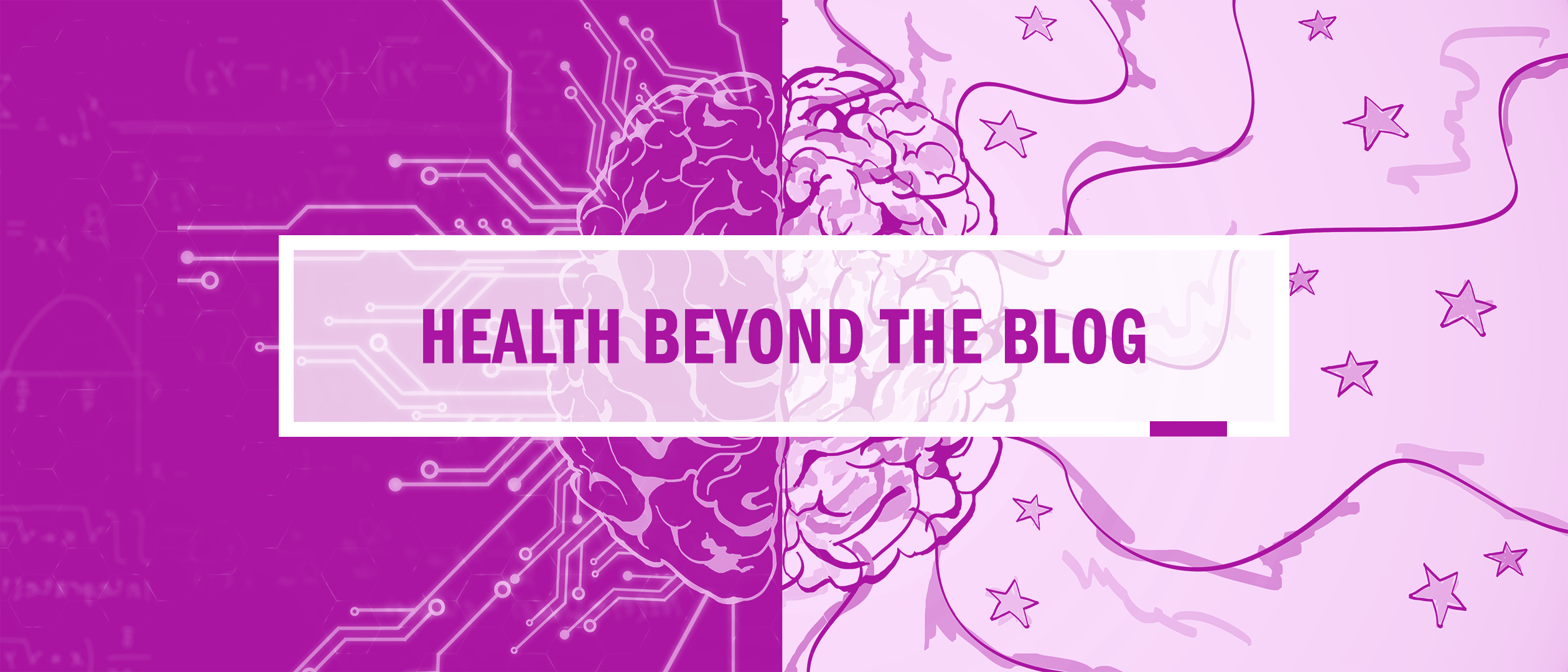News Team member Ananya Dash delves into the rising popularity of skincare among today's teens and tweens due to social media, the risks it poses, and expert guidance for this group going forward.
AI beats human sleuth at finding problematic images in research papers
By Anil Oza, Nature
Image manipulation in research papers is a big problem, with an estimated 0.3-12% of images in a given journal estimated to be duplicated or tampered with in some way. While sometimes scientists do this in good faith — for example, they may just be trying to make the paper more readable — some alterations cross the line into faking data. Sholto David, an independent biologist in the UK and self-described science sleuth, spends much of his career looking for image manipulation in research journals. In a study that has not yet been peer-reviewed, he used an artificial intelligence tool, Imagetwin, to go over images in papers he had already looked at. The AI found nearly every fault he had, and some he had missed. The AI has some weaknesses, though. For example, it’s not good at detecting duplicates in low-contrast images. Overall, though, it seems pretty accurate, and more and more scientists (and journals) are starting to use this tool to help find potential data misrepresentations in submitted or published papers to double-check the human eye.
— by Katie Stachowicz
New Evidence That Ancient Footprints Push Back Human Arrival in North America
By Maya Wei-Haas, The New York Times
A recent study discovered that the human footprints in White Sands National Park in New Mexico that researchers have long struggled to date could be from up as early as 21,000 to 23,000 years ago. This would mean that the footprints are some of our earliest evidence of human life on Earth. The discovery has prompted increased debate over when the first humans walked the Earth with some scientists saying it was no longer than 13,000 years ago and others arguing it was a few thousand years earlier. But more sites like this have given researchers a clue to earlier dates for humans since ice sheets formed during the Last Glacial Maximum could separate Siberia from the Bering Land Bridge, placing humans in North America, which some researchers say is controversial.
— by Chaya Tong
Scientists Discover How Dozens of Genes May Contribute to Autism
By Mark Johnson, The Washington Post
Researchers at Stanford University have identified over 40 genes that interfere with nerve cell balance in the cerebral cortex and therefore may be linked with autism. The researchers used a novel screening process to test 425 different genes that have been associated with neurodevelopment disorders. The researchers used CRISPR to create different cells that were each missing one of the 425 genes so that they were able to examine how the different genes imbalance neurons. However, this neuron imbalance is only one possible cause of autism, and genetics do not always solely account for autism. Some experts criticize the resources used for studies such as this one, saying that autism funding should focus more on resources for those with the condition instead of searching for genetic explanations. Nevertheless, this study could one day help researchers to create treatments for autism and other neurodevelopment disorders.
— by Ellie Purinton
A Prescription for Social Needs: Why Human Connection is Medicine
By Andrew Parker, MedCity News
According to Dr. Vivek Murthy, Surgeon General of the United States, loneliness has significant consequences for our health, both mental and physical. Along these lines, focusing on social connection to address health should be considered a form of medicine.
Comprehensive data are showing the importance of community on one’s health. A lack of social connection affects one in three adults ages 50 to 80, contributing to feelings of anxiety and depression, and an increased risk for cardiovascular disease, stroke, and dementia.
Prioritizing the holistic wellness of an individual should include considering how social connectedness can be incorporated into the traditional healthcare model. But this very model — of prescriptions, hospitalizations, and operations — is responsible for the US spending more on healthcare than other first-world countries, yet, still suffering worse health outcomes.
People lacking companionship are admitted to the ER 60% more often. Exacerbated by the pandemic, social isolation is responsible for declining human connection. Taking lessons from the “food as medicine” movement, prescribing social care can replace drugs, ER visits, and other more expensive health services.
— by Nolan Shah
A New Way to Prevent S.T.I.s: A Pill After Sex
By Apoorva Mandavilli, The New York Times
The CDC has recommended the use of a new pill, Doxycycline, as a way to prevent STI contraction following an unprotected sexual encounter. As STI rates in the U.S. continue to rise, the acute need for efficient preventative care options becomes imminent. However, experts warn about the risks that such a pill could pose; wide use of the pill could inflame the rise of antibiotic-resistant bacteria. Doxycycline (or doxy-PEP) is currently available to men who have sex with men as well as transgender women. CDC guidelines encourage prescribing the pill in conjunction with STI counseling, screening, and HIV testing. As more supporting evidence for the pill emerges, guidelines may expand to include wider populations. Doxy-PEP is a relatively affordable and accessible form of STI treatment. It is being recognized as a milestone in the S.T.I epidemic, especially for marginalized communities that bear the highest risk for STI contraction and the least access to proper healthcare.
— by Soma Sonawane
95 Percent of Penicillin Allergy Diagnoses Are Wrong. A New Test Could Help
By Andrew Chapman, Scientific American
When a person is diagnosed with an allergy to penicillin, it prevents the patient from using not one but a family of drugs that include other penicillin-like chemicals. As such, doctors may have to rely on less effective, more side-effect-prone, and more expensive alternatives when treating patients with a penicillin allergy on their record. However, it turns out that the vast majority (95%) of penicillin allergy diagnoses may actually be wrong.
Healthcare workers are attempting to remove scores of false penicillin allergy reports from patients’ records. Without proper testing for a penicillin allergy, many people have been noted for having a penicillin allergy after experiencing side effects, such as rashes, headaches, diarrhea, and nausea. However, oftentimes, these side effects are due to other causes and are not indicative of a true allergic response. The solution to prevent and remove false diagnoses is a multi-pronged approach: educating both healthcare workers and patients on penicillin allergies, deploying more thorough and accurate patient records of allergies, and administrating penicillin allergy tests to get rid of any and all confusion.
— by Jeeya Sharma
Items summarized by: Katie Stachowicz, Chaya Tong, Ellie Purinton, Nolan Shah, Soma Sonawane, Jeeya Sharma


